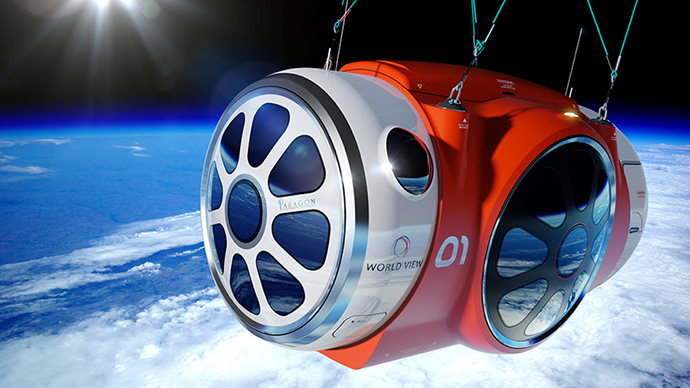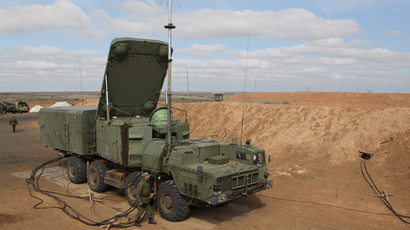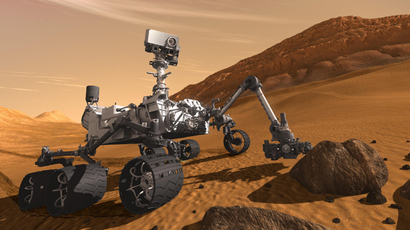Space ballooning: 20-mile-high flights offered for $75K

A new US venture plans to use helium balloons to send deep-pocketed tourists in specially-designed luxury capsules up to the “edge of space.” A four-hour flight to an altitude of 20 miles will cost a dizzying $75,000.
Arizona-based World View Enterprises announced that the first launch of a high-altitude balloon for 20-mile-high tourists could come as soon as 2016.
Even though it is not exactly space yet – that starts at 100 kilometers above the surface of the planet – passengers will be able to see the curvature of the Earth against a black sky with their own eyes. Tourists will be able to gaze at magnificent views previously witnessed only by astronauts, but will not experience weightlessness.
“Seeing the Earth hanging in the ink-black void of space will help people realize our connection to our home planet and to the universe around us,” World View CEO Jane Poynter said in a statement Tuesday. “It is also our goal to open up a whole new realm for exercising human curiosity, scientific research and education.”

The company is planning rides up to the middle of the stratosphere in a relatively roomy capsule – with enough space for eight passengers to walk around. It will be suspended beneath a 1.1 million cubic-meter high-altitude balloon and a steerable parafoil – an inflatable wing-shaped parachute.
The flight would take about 90 minutes to go up, at a speed of about 300 meters a minute, AP reported Poynter as saying. Tourists will remain aloft for approximately two hours and then glide back to Earth in 40 minutes.
The plan uses existing technology, CEO Poynter said, adding that “balloons this size have already flown up many, many times for decades.” From a technical point of view “this is incredibly doable, low risk,” she added.
The parafoil will remain deployed and attached to the capsule throughout the flight to provide additional safety.
“The balloon you're under is the thickness of a dry cleaner bag. It's very thin material by necessity, to get you so high. That's where the technical risk lies. The risks of decompression of the spacecraft or life-support systems failures are really pretty small. We've got lots of redundant systems and we can return to lower altitudes pretty quickly,” Taber MacCallum, chief technology officer at World View, told Reuters.
“There is a chance – and every once in a while you see [this] in scientific ballooning – of a balloon failure. That's really what took us to having this parawing, or parafoil, always open so that from just about any altitude the vehicle could safely glide back,” he said.

World View expects to begin flight tests of a demonstration vehicle this year in Arizona. At the beginning, six passengers and two pilots would be aboard the capsule, which is still under development. The Federal Aviation Administration said it falls under Commercial Space System and must therefore meet the same safety requirements as a manned spaceflight.
At the intended altitude, “water and blood boil, and an unprotected person would rapidly experience fatal decompression,” the FAA, which oversees commercial spaceflight in the US, said in a letter to Paragon, the parent company of World View. The FAA also said the capsule will need to be capable of operating in space, Reuters said, citing the document.
Space expert Scott Pace, a former NASA associate administrator and now space policy director at George Washington University, said the issue is whether there is enough market for World View’s idea to be financially doable and dubbed it an “interesting market test.” While there are many space tourism ventures, the field is still embryonic, he believes. Several people have lashed out millions of dollars to fly to the International Space Station and others have paid to fly in high-altitude jets, but the question is how many people will pay for near-space experiences, Pace said.
World View’s CEO Poynter has no doubt that there is a market, with other firms like Virgin Galactic selling many tickets for yet-to-fly rides. “Space tourism is here to stay,” she said.















